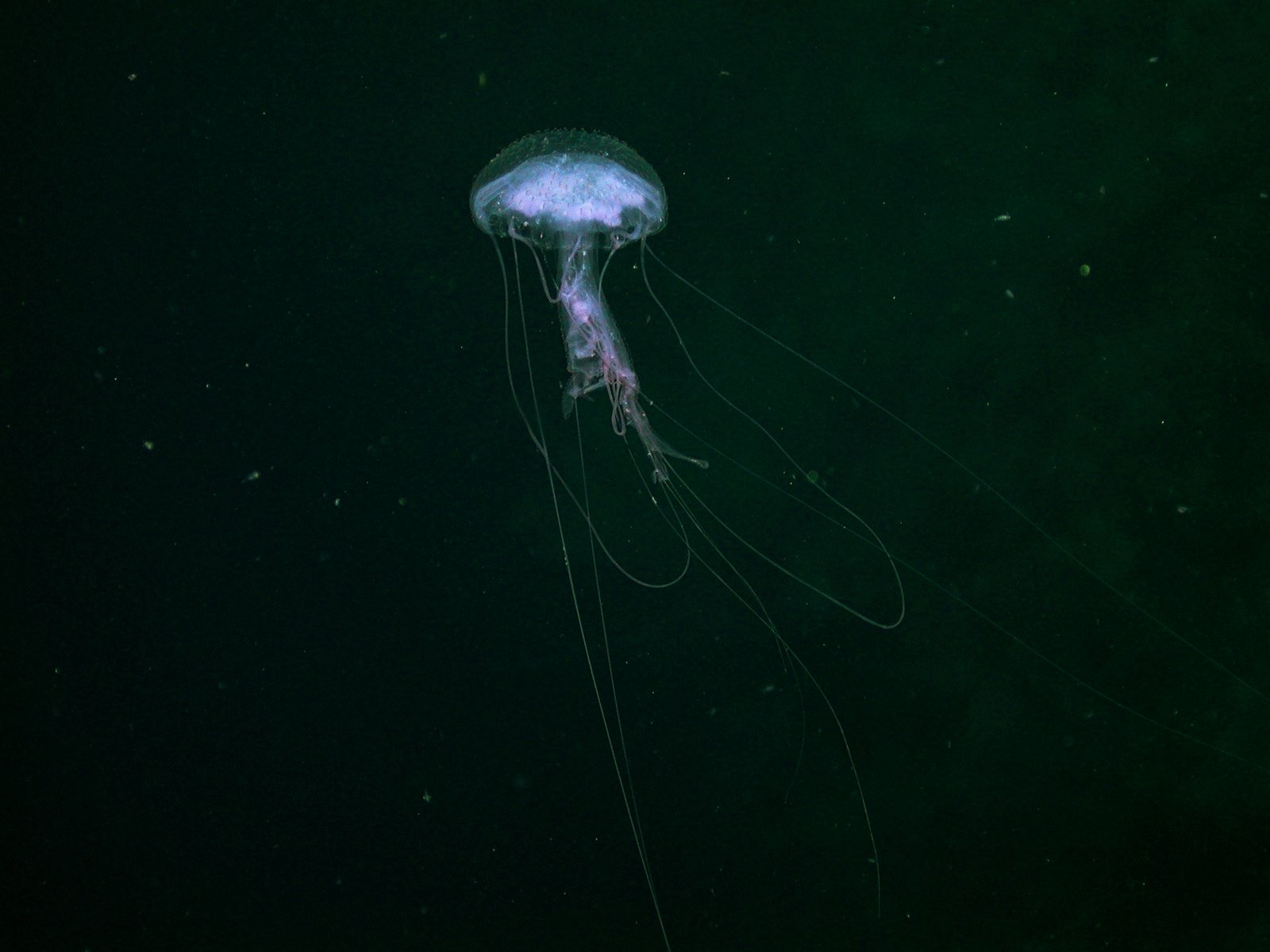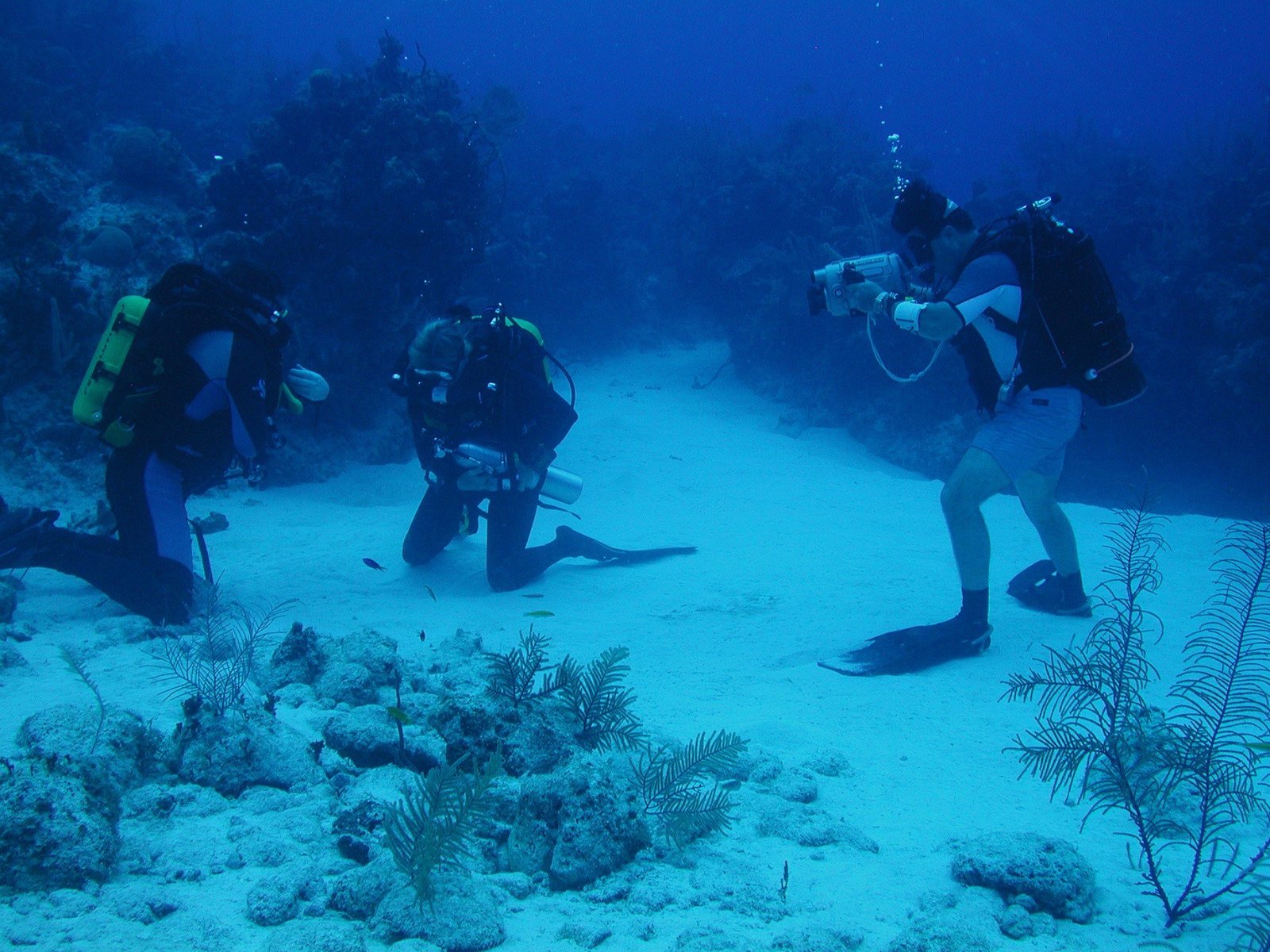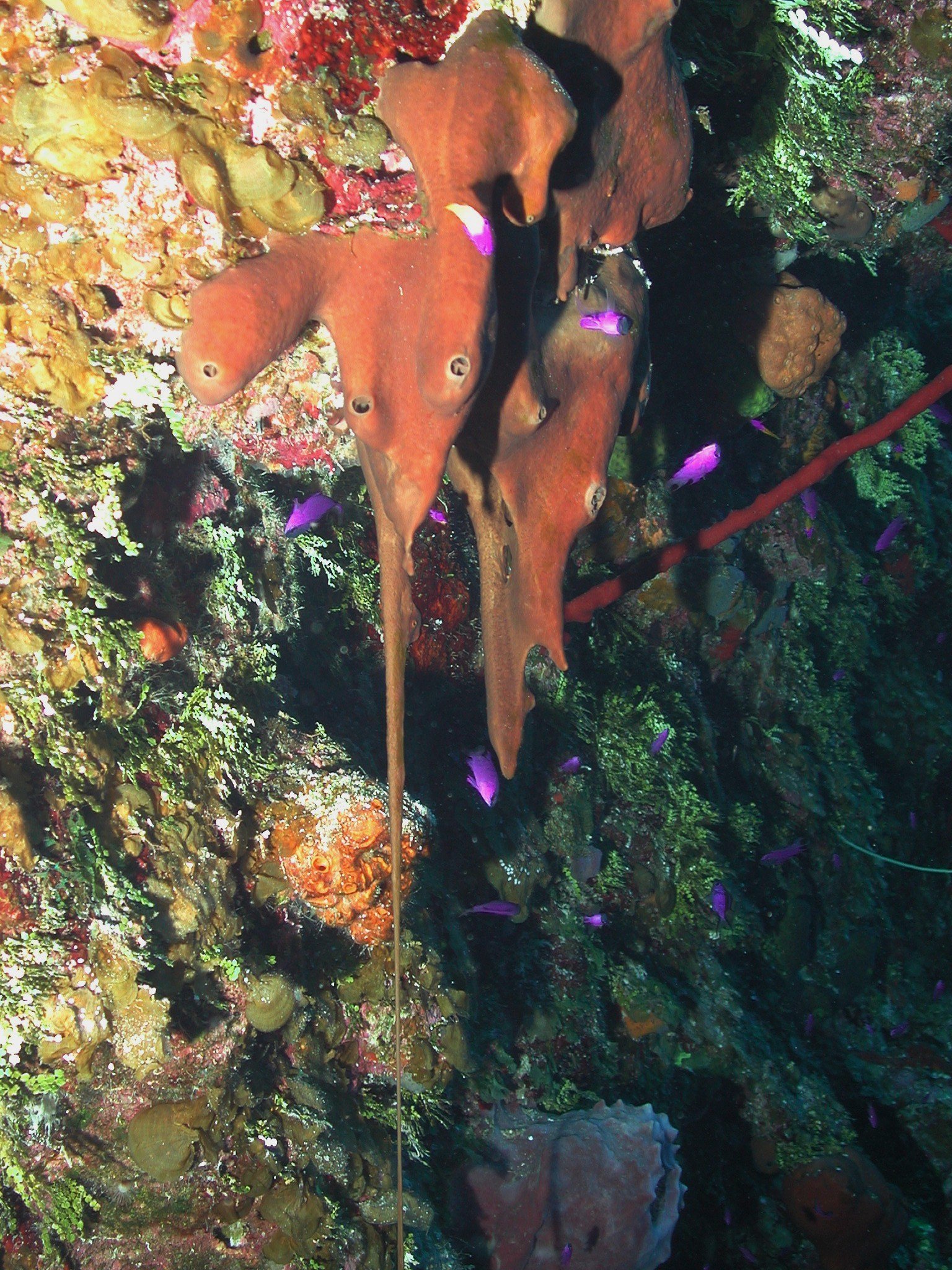Imagine a world beneath the waves, shrouded in mystery and teeming with secrets, where sunlight barely reaches and the unknown thrives. This is the ocean’s twilight zone, a vast mid-layer that holds the potential to change our planet’s future. Could this enigmatic part of the ocean be the key to solving our climate crisis, or might it become a hidden threat? As we delve into this fascinating realm, we uncover the delicate balance that could either save our world or lead us down a path of destruction.
What is the Twilight Zone?

The ocean’s twilight zone, also known as the mesopelagic zone, stretches from about 200 to 1,000 meters below the ocean surface. This layer is dimly lit and marks the transition from the sunlit upper ocean to the dark abyss below. It’s a world where light is scarce but life is abundant, housing a diverse array of creatures adapted to its unique conditions. From bioluminescent jellyfish to bizarre deep-sea fish, the twilight zone is a hub of biodiversity that scientists are only beginning to understand. This zone acts as a critical intermediary in the ocean’s ecosystem, playing a vital role in the carbon cycle and serving as a potential buffer against climate change.
The Role of the Twilight Zone in Carbon Cycling
The twilight zone is a key player in the ocean’s carbon cycle, a natural process that regulates the Earth’s climate. Phytoplankton in the sunlit surface waters capture carbon dioxide during photosynthesis. When these organisms die, they sink into the twilight zone, where they are consumed by various marine creatures or decompose, releasing carbon back into the water. This process, known as the biological pump, helps sequester carbon deep in the ocean, preventing it from re-entering the atmosphere. The efficiency of this pump is vital in mitigating climate change, as it influences the amount of carbon dioxide in the air we breathe.
The Twilight Zone’s Hidden Biodiversity
Beneath the ocean’s surface lies a world teeming with life, much of which remains undiscovered. The twilight zone is home to a staggering array of species, many of which possess unique adaptations to survive in its dark, high-pressure environment. For instance, some species of fish have evolved large eyes to capture the faintest glimmers of light, while others produce their own light through bioluminescence to lure prey or evade predators. These adaptations not only make the twilight zone a fascinating subject for study but also highlight the importance of preserving its biodiversity. Protecting these little-known species is crucial, as they contribute to the overall health of the ocean and its ability to support life on Earth.
Human Impact on the Twilight Zone

Despite its remoteness, the twilight zone is not immune to human activities. Overfishing, pollution, and climate change pose significant threats to this delicate ecosystem. The increasing demand for fish has led to the exploitation of species that dwell in the twilight zone, disrupting its food web and affecting the entire ocean system. Additionally, pollutants from the surface can sink into this layer, contaminating its waters and harming its inhabitants. Climate change further exacerbates these issues by altering ocean temperatures and currents, which can impact the distribution and survival of twilight zone species. Understanding and mitigating these impacts is essential to preserving the twilight zone’s crucial role in our planet’s climate system.
The Potential of the Twilight Zone in Climate Mitigation
Scientists are exploring the twilight zone’s potential to mitigate climate change, given its role in carbon sequestration. Some propose enhancing the biological pump by artificially increasing the productivity of surface waters, encouraging more carbon capture. However, such interventions come with risks, as they could disrupt the delicate balance of marine ecosystems. Others suggest protecting the twilight zone through marine protected areas, which would safeguard its biodiversity and maintain its natural carbon cycling processes. As research continues, finding sustainable ways to harness the twilight zone’s climate-regulating capabilities remains a priority.
Technological Advances in Twilight Zone Exploration
Exploring the twilight zone poses significant challenges due to its depth and harsh conditions. However, advances in technology are opening new doors for scientific discovery. Remotely operated vehicles (ROVs) and autonomous underwater vehicles (AUVs) equipped with cameras and sensors allow researchers to explore and document this mysterious layer like never before. These technologies provide valuable insights into the behavior and distribution of twilight zone species, helping scientists better understand their ecological roles. Continued innovation in exploration tools will be essential for unlocking the secrets of the twilight zone and informing conservation efforts.
The Twilight Zone’s Influence on Global Fisheries
The twilight zone plays a crucial role in supporting global fisheries, as many commercially important fish species rely on its resources. Species such as squid and lanternfish form a vital part of the ocean’s food web, serving as prey for larger fish that are harvested for human consumption. Overfishing in the twilight zone can have cascading effects, threatening the sustainability of fisheries worldwide. Sustainable management practices are needed to ensure that the twilight zone continues to support fishing industries while maintaining its ecological integrity. Balancing economic interests with conservation efforts is a complex but necessary task.
The Importance of International Cooperation
Given the global nature of the ocean, international cooperation is essential for the effective management and conservation of the twilight zone. Many countries have a stake in the health of this ecosystem, as its impacts on climate and fisheries transcend national boundaries. Collaborative efforts, such as the establishment of international agreements and the sharing of scientific data, are crucial for addressing the challenges facing the twilight zone. By working together, nations can develop strategies to protect this vital part of the ocean and ensure its continued contribution to our planet’s health.
The Future of the Twilight Zone
The future of the twilight zone is uncertain, as it faces both opportunities and challenges. On one hand, its potential to mitigate climate change and support biodiversity presents a promising avenue for research and conservation. On the other hand, human activities and environmental changes threaten to disrupt its delicate balance. The choices we make today will determine the fate of the twilight zone and its ability to support life on Earth. As we continue to explore and understand this mysterious layer, we must strive to protect it for future generations.
A Call to Action: Preserving Our Ocean’s Twilight Zone

The twilight zone holds the key to many of the ocean’s mysteries and offers hope for addressing some of our most pressing environmental challenges. As stewards of the planet, it is our responsibility to protect and preserve this vital ecosystem. By supporting scientific research, advocating for sustainable policies, and raising awareness about the importance of the twilight zone, we can ensure its survival and its role in safeguarding our climate. The time to act is now, before the secrets of the twilight zone are lost forever. What will you do to help protect this hidden world?



